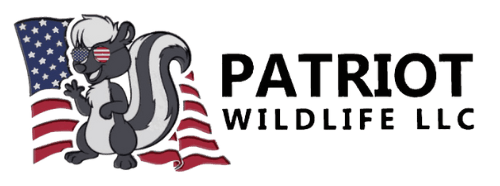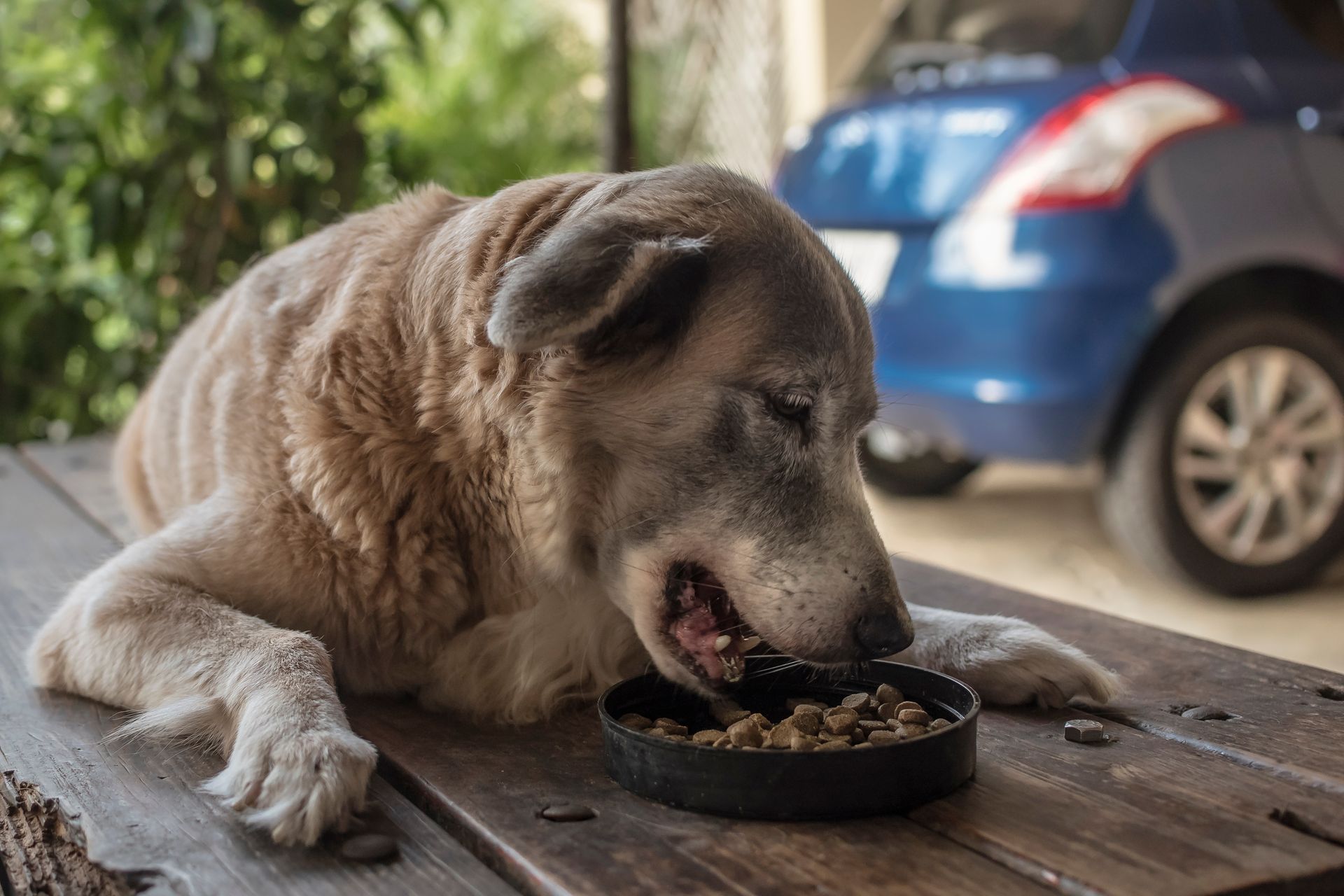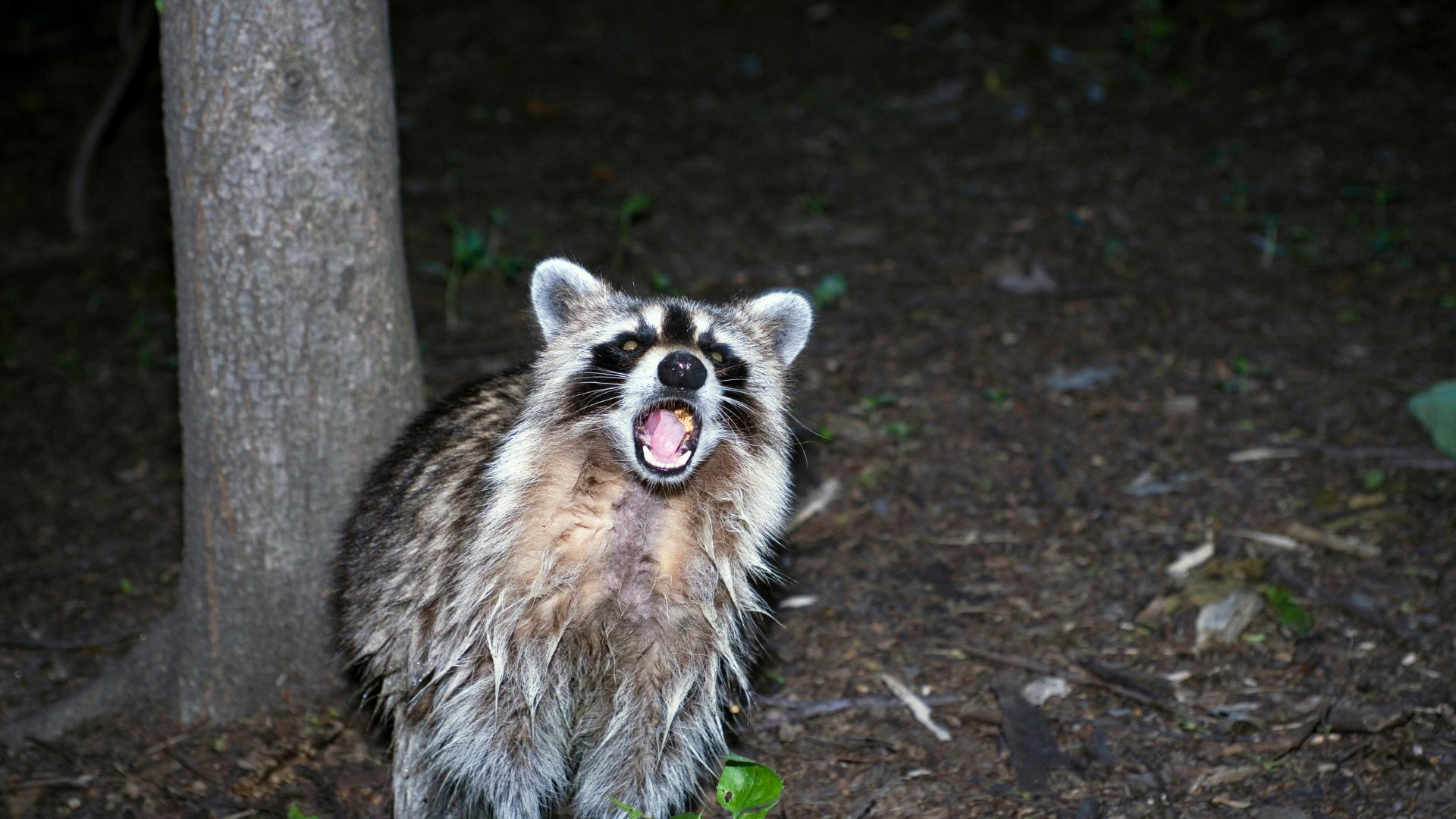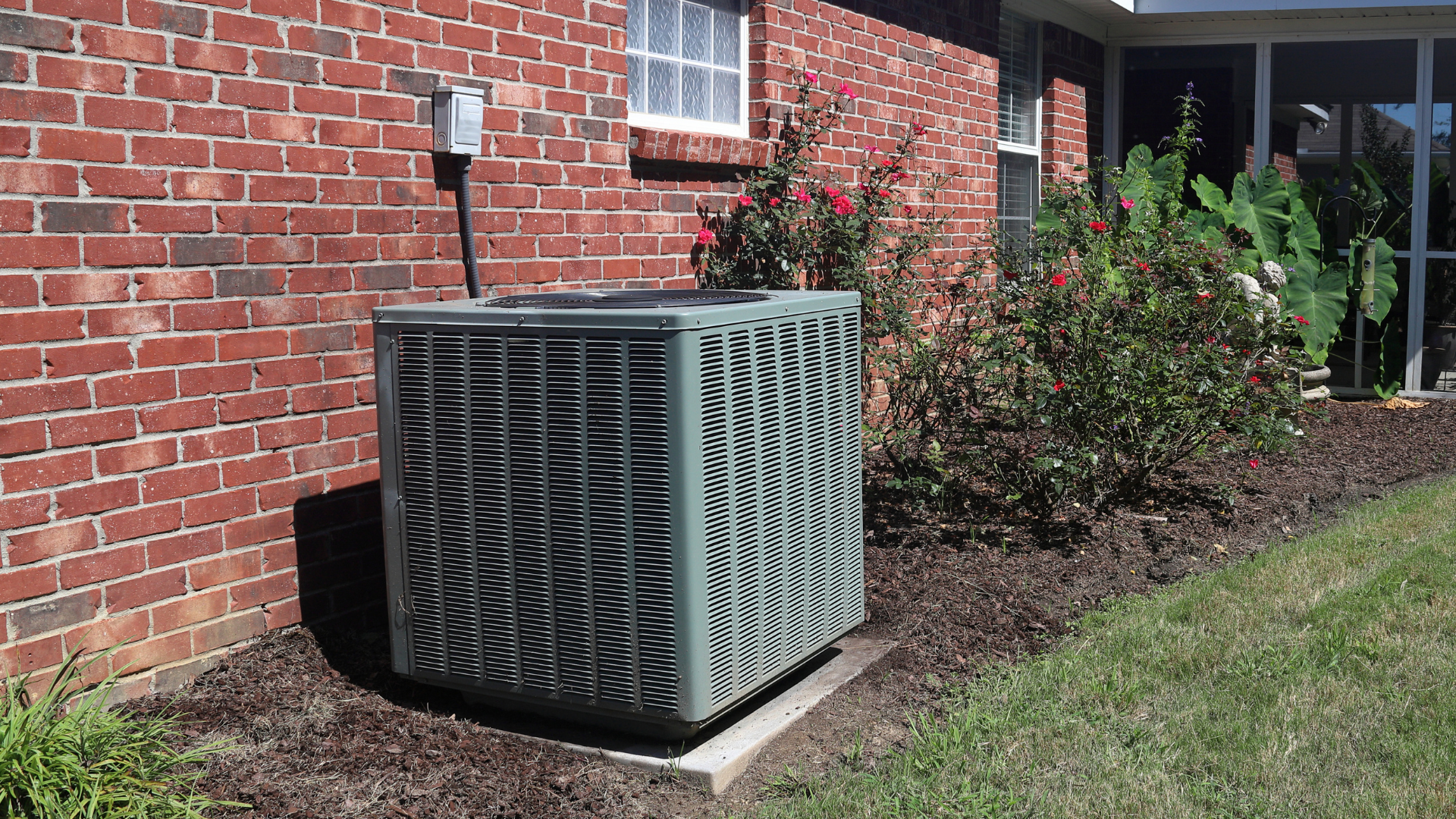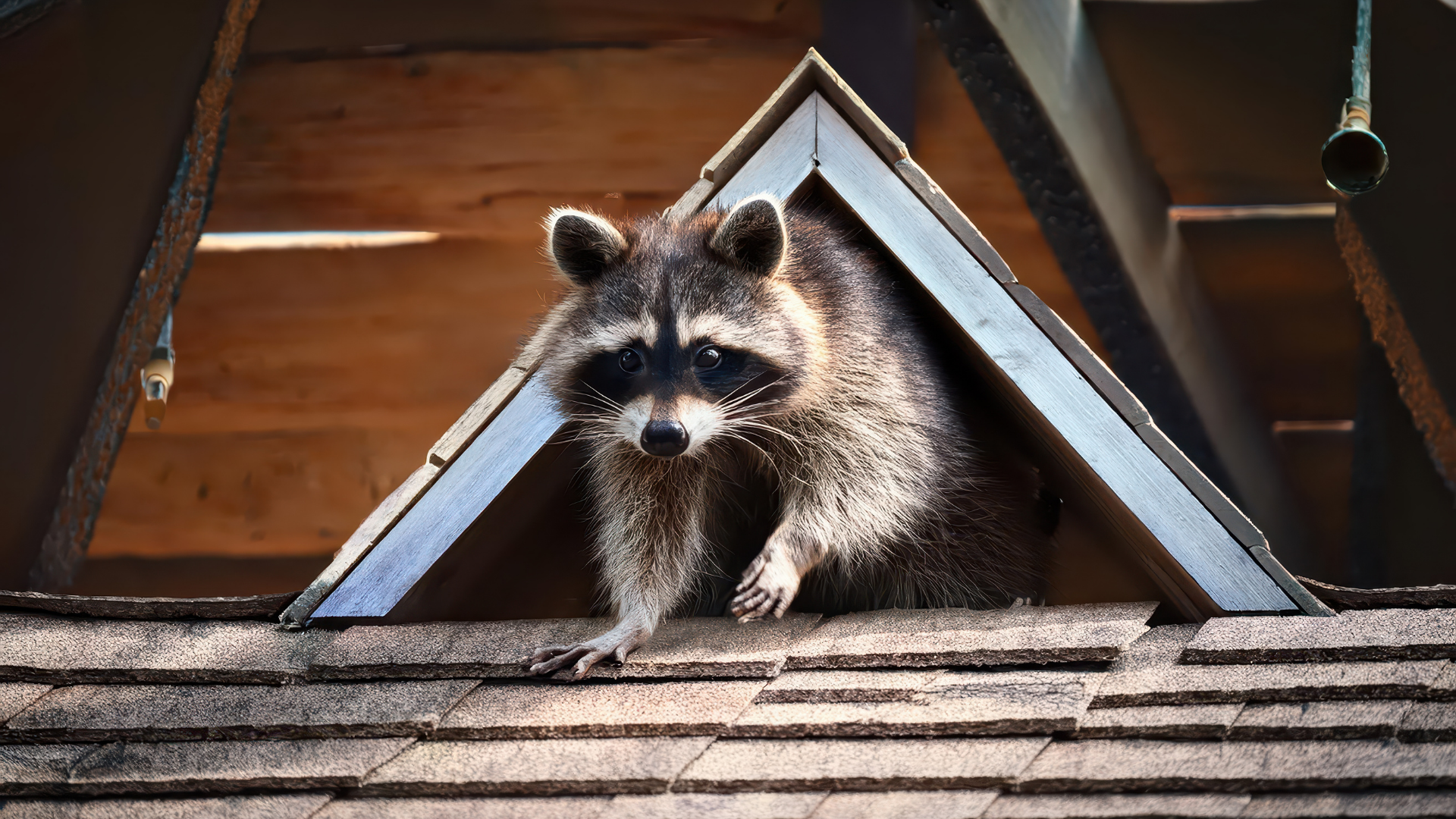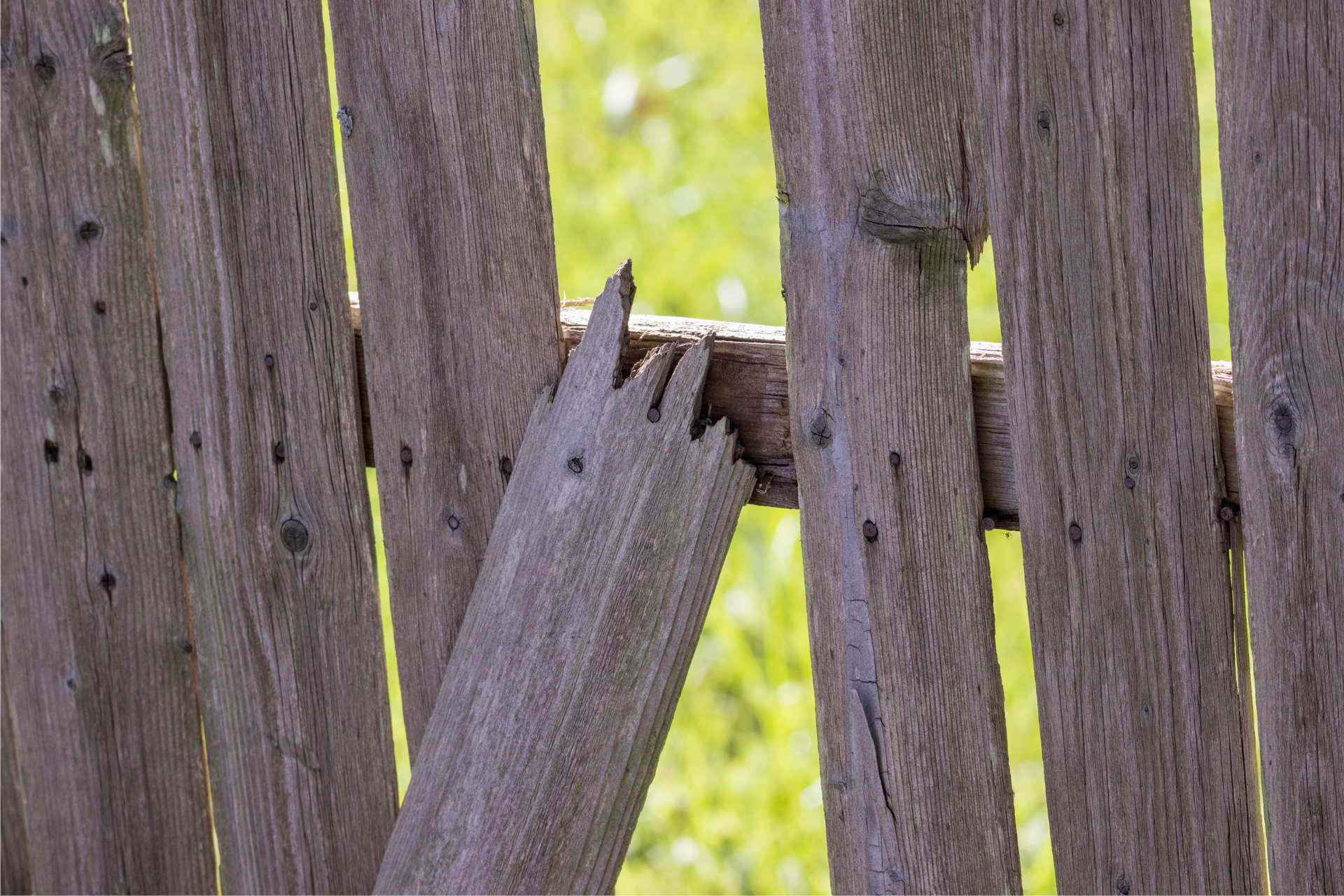The Connection Between Rodents And Larger Wildlife
How Small Pest Activity Leads To Bigger Animal Intrusions
You might think of mice and rats as nuisances—stealing crumbs, nesting in forgotten corners, and making a mess of insulation. But what’s easy to overlook is that these little pests can play a much bigger role in opening the floodgates to something far worse. When rodents take up residence in a home, they do more than just sneak around—they often act as scouts for larger intruders.
It starts with access. Mice and rats have an uncanny ability to locate even the smallest vulnerabilities in a structure. Their sharp teeth can chew through wood, drywall, and even some metal, widening tiny gaps into major entryways. In doing so, they weaken the integrity of walls, roofs, and crawl spaces, unintentionally—or maybe a bit intentionally—laying out the welcome mat for raccoons, squirrels, and even opportunistic predators.
The trails they create through attics, basements, and wall voids become well-worn routes. Their scent marks signal to other animals that a structure has potential—there’s food, there’s shelter, and it’s accessible. For raccoons, possums, and other urban wildlife, that’s practically an engraved invitation. These larger animals aren’t typically the first to invade a building, but once the rodents have cracked the door open, they won’t hesitate to charge through. In many ways, rodents act as environmental influencers—altering the scent and safety cues within your home in ways that make it irresistibly appealing to other animals.
A Snowball Effect Of Structural Damage
The physical damage caused by rodents rarely stays isolated. Gnawed insulation and chewed electrical wiring aren’t just frustrating—they’re dangerous. When a mouse chews through a wire, it’s not thinking about the potential fire hazard it’s leaving behind. Similarly, when rats dig into soft spots in your home’s exterior, they’re often unaware that they’re compromising the weatherproofing that keeps moisture, insects, and cold out.
But the real trouble begins when those small entry points go unpatched. As the seasons change, larger animals like raccoons or even foxes may discover these weaknesses. A raccoon, with its dexterous paws and surprising strength, only needs a little encouragement. What began as a mouse-sized hole could quickly become a gaping void. And when that happens, these bigger creatures often destroy more than they inhabit—displacing insulation, smashing ceiling tiles, or damaging stored belongings in attics and garages.
Larger wildlife can tear apart ductwork, rip open soffits, shred insulation in huge volumes, and even dislodge roofing materials. They often make their presence known with thumps and scratching at night, but by the time you hear them, the worst of the damage may already be underway. The cost of repairs often balloons when these intrusions go unchecked—plumbing, electrical, and HVAC systems can all suffer. What’s frustrating is how it could’ve been avoided—if the early signs of rodent activity had been addressed swiftly and thoroughly.
The Allure Of Scent Trails And Food Sources
One of the more subtle—but powerful—ways that smaller pests invite larger animals in is through scent. Rodents leave behind urine, droppings, grease marks, and pheromones that act as signals to other wildlife. For many species, especially omnivores, these smells are like a neon sign that says, “There’s food here. Come on in.”
Even after the rodents are gone, these lingering traces can continue to attract wildlife. Larger animals like skunks or opossums have an excellent sense of smell and will pick up on the scent trails left behind. If there’s even the faintest trace of accessible food or shelter, they’ll investigate. Their behavior is often exploratory at first, but if they find success—crumbs, nesting material, or a quiet hiding spot—they’re likely to return and bring others.
And if they can’t get in easily, they’ll try anyway—ripping shingles, forcing entry through vents, or exploiting gaps under eaves. These animals are persistent and can sense chemical cues left by previous inhabitants. Once inside, they mark territory, they forage, and they reproduce. What started as a single rodent family can evolve into a full-on infestation involving multiple species, each with its own destructive tendencies. And because the entry points were never properly sealed, the cycle tends to repeat, year after year.
Prevention Hinges On Early Awareness
The biggest misconception people tend to have about wildlife intrusion is that it happens suddenly, like a raccoon crashing through a ceiling or a possum appearing out of nowhere. But most of the time, the signs were there weeks or even months before. Mice darting along baseboards. Gnaw marks on pantry items. Faint squeaks behind the walls. These aren’t random annoyances—they’re warnings.
Dealing with small pests promptly is often the key to preventing much more serious wildlife problems later. When mice or rats are spotted, it’s crucial to inspect not just where they are, but how they got there. That’s where trained professionals come in. Identifying access points, tracking nesting behavior, and understanding how scent pathways operate takes experience. More importantly, sealing up those entry points and eliminating attractants early can stop the domino effect before it starts.
Even if larger animals haven’t arrived yet, there’s no guarantee they won’t be next in line. A few rodents this season could be the reason you’re dealing with raccoons in your attic by next spring. Staying ahead of that progression is the only way to avoid bigger problems down the road.
Let’s Keep Your Home From Becoming A Wildlife Hotel
At Patriot Wildlife, we know firsthand how a few overlooked signs can turn into a full-blown wildlife intrusion. That’s why we don’t just focus on removing what you can see—we look deeper. Every creak, every crack, and every rodent dropping tells a story, and our job is to interrupt it before it invites more characters into your home.
If you’ve noticed scratching in the walls, droppings in the attic, or even just that odd sense that something’s off, now’s the time to act.
Contact Patriot Wildlife before those small pest problems turn into much larger, costlier ones. We’re here to help you protect what matters.
